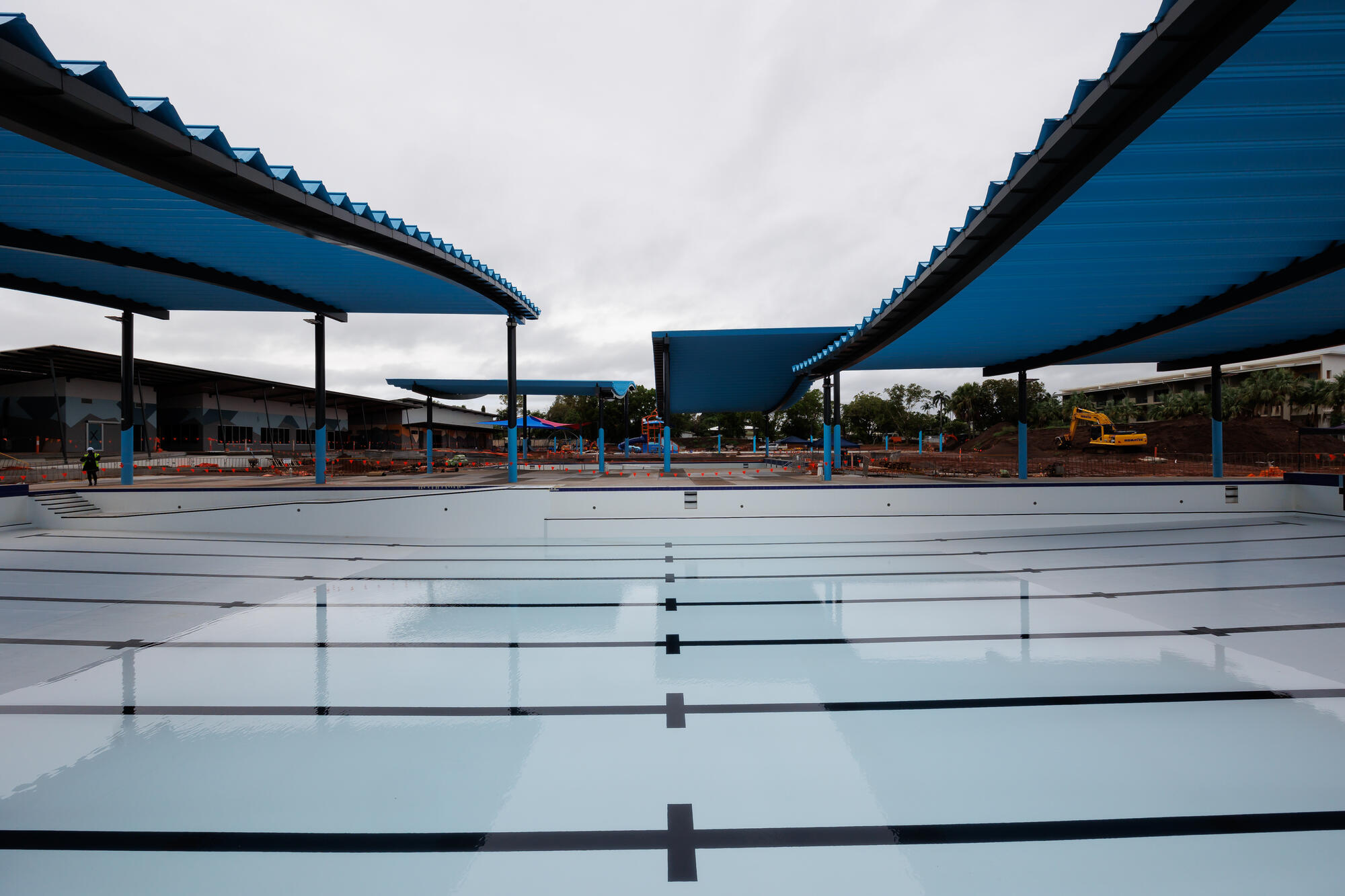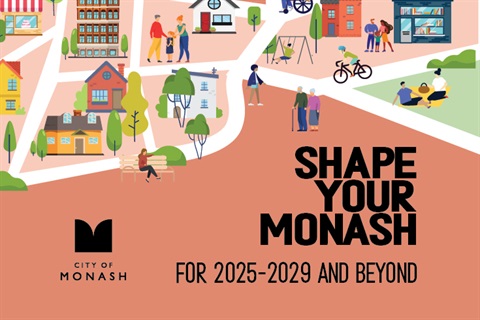The Albanese Government is investing in a once in a generation transformation of health and medical research in Australia.
This will mean patients get easier and earlier access to potentially lifesaving clinical trials, Australia gets better value from the $1.5 billion in research grants awarded each year, and health priorities get more funding – like women’s health, reducing health system inequality, and cancers with low survival rates.
The “Health Research for a Future Made in Australia” package has a total investment of $1.89 billion, and includes:
- $1.4b for new research via the Medical Research Future Fund (MRFF):
- A new 10-Year Low Survival Cancers Mission
- A new 10-Year Reducing Health Inequities Mission
- Continuing existing streams of lifechanging MRFF funding
- More research into three health priorities:
- Women’s health.
- Chronic pain.
- Alcohol and other drug treatment.
- $411m to support 229 researchers to tackle the nation’s greatest health challenges, through the NHMRC.
- $62m to support 26 clinical trials from around Australia, through the MRFF.
- $18.8m to progress the National One Stop Shop for clinical trials and health research.
Research is the foundation upon which new health treatments and technologies can be discovered, trialled, translated and commercialised, helping to create new products, new jobs and a future made in Australia.
The Medical Research Future Fund (MRFF) and the National Health and Medical Research Council (NHMRC) deliver $1.5 billion in grants each year.
The Albanese Government will develop a National Health and Medical Research Strategy (National Strategy) to build on our national strengths and fill any gaps, while attracting researchers and investors.
The need for a National Strategy has been one of the consistent messages the Government has heard from the health and medical research sector. The Government consulted the sector throughout 2023 on ideas to better align the work of the NHMRC and MRFF. The outcomes of that consultation are available here and are under consideration by the Government.
The National Strategy will cover the entire sector and include all levels of government, industry, philanthropy, academia and consumers.
The National One Stop Shop will give Australians early access to potential lifesaving and life changing treatments, by streamlining the process to conduct a clinical trial via a single national platform and set of regulations.
Currently, the regulatory framework governing clinical trials is fragmented and differs from state to state, increasing the regulatory burden for research organisations, hampering interstate collaboration, and leading to postcode lottery for patients.
A National One Stop Shop will harmonise and nationalise the administration and regulation of health and medical research, including through establishing an easy-to-use website which will help patients, researchers and industry find, conduct and participate in clinical trials and research.
Removing the red tape will increase the number of national clinical trials and make it more likely for patients across Australia to get early access to promising treatments developed in the research hubs in Sydney and Melbourne.
A National One Stop Shop will help cement Australia’s status as a world-class destination for health and medical research.
This is a sector that outperforms on the global stage and is ranked 7th in the world, with more than 1,200 biotech companies, 55 medical research institutes and 40 medical research focussed universities.
Emeritus Professor Ian Chubb AC will continue to lead key reforms to progress the business case for the National One Stop Shop, in his role as the Chair of the Inter-Governmental Policy Reform Group (IGPRG).
The Government is also announcing $62 million in research grants to 26 clinical trials across the country, as part of the MRFF’s Clinical Trials Activity initiative.
The 26 clinical trials are diverse and include research into treatment for people with PTSD following the 2022 floods in northern New South Wales, new treatments for rare cancers and osteoarthritis, and research into Car T-cell therapy, among other projects. Full details of the projects funded are available here.
There are 229 outstanding emerging and established researchers who will share in over $411 million in grants for researcher-led investigation into some of Australia’s most pressing health challenges, through the NHMRC’s Investigator Grant scheme.
The 2024 Investigator Grant funding round is the second year to apply gender equity targets to address systemic disadvantage, and is just the second time in the history of the scheme that women researchers will receive more funding overall, including at the most senior levels. Full details of the researchers and projects funded are available here.
The $1.4 billion for new research via the MRFF will include a new focus on reducing health system inequality, with the creation of two new 10-Year Missions for research, and new targeted priorities.
An immediate investment of $53.6 million, over 4 years from 2024-25, will target women’s health including menopause, pregnancy loss and infertility, novel treatments for chronic pain, and treatment for alcohol and other drugs.
The Low Survival Cancers Mission will focus on improving outcomes for people with a cancer where the 5-year survival rate is less than 50%. This includes common cancers like pancreatic, lung and liver cancers. We want to give people with a devastating diagnosis more hope for a future with their loved ones.
The Reducing Health Inequities Mission will improve access to quality health services by priority populations – services that are appropriate, safe and welcoming for people from priority populations, including First Nations or diverse communities, who have a disability or who are part of the LGBTQIA+ community.
Quotes attributable to Minister Butler:
“The Albanese Government is investing in a once in a generation transformation of health and medical research.
“Australia’s health and medical research sector punches well above its weight. We are ranked 7th in the world and the new national strategy will help our researchers continue to outperform.
“Better alignment and coordination of the MRFF and NHMRC funds will achieve the best of both and strengthen Australia’s world-leading research capability to change and improve the health and lives of Australians.
“The National One Stop Shop will remove needless red tape and help end the postcode lottery in access to clinical trials, to make it easier for Australian researchers and patients to conduct and take part in potentially lifechanging health research.”
Quotes attributable to Em Professor Ian Chubb, AC FAA FTSE FACE FRSN, Policy Secretary, Australian Academy of Science:
“Many countries, including those in federations such as the European Union, are changing their practices to become more attractive locations for researchers and companies because they see the obvious benefits to their communities of clinical trials that test new therapies and treatments.
“Australia can’t rest on its oars and think our history alone will carry us through. The One Stop Shop is an important means for our federation to revise, reset, cohere and lead.
“Australians invest in medical research. Clinical trials are a key step in the pathway that turns knowledge and understanding into new and potentially better treatment options for Australians, wherever they live.
“The One Stop Shop will let Australia turn a good clinical trials framework into an excellent one that will position Australia well in a world in which competition to host clinical trials is growing inexorably.”
Quotes attributable to Professor Elizabeth Hartland, President of the Association of Australian Medical Research Institutes:
“We welcome the government’s announcement to develop a National Health and Medical Research Strategy that will bring together the entire health and medical research effort across Australia and work towards a sustainable funding system for discovery, translational and commercial research, including career support for our talented research workforce.”
Quote attributable to Nadia Levin, CEO of Research Australia:
“Research Australia welcomes the Government’s commitment to the National Health and Medical Research Strategy.
“Australian health and medical research is 23% of all Australian R&D. With a strategic, national approach, our discoveries can be faster to market and to the Australians who need and deserve the best possible health care – all imperative for a healthy, wealthy future Australia.”
Quotes attributable to Professor Mimi Tang, Murdoch Children’s Research Institute:
“Government funding for clinical trials helps to accelerate medical research and fast-track its real-world impact.
“There is an urgent, unmet need to find a remission treatment for peanut allergy. Currently, the only approved peanut allergy treatment offers temporary protection. Patients must stay on daily maintenance dosing indefinitely while also continuing to strictly avoid peanut, which brings added burden for children and families.
“With the help of government funding, we are moving one step closer to bringing our novel treatment to patients, offering lasting protection and improved quality of life. Funding has also supported a health economic evaluation of our new treatment to inform policy and health funding decisions for clinical care.”
Quotes Attributable to Debbie Sevels, mother to nine-year-old Chloe:
Chloe, 9, was diagnosed with a peanut and egg allergy at 10 months.
“Chloe had a severe allergic reaction as a baby to a tiny amount of nut spread. Her lower lip swelled up and her voice became hoarse.
“We rushed her to hospital where we were told she had suffered an anaphylaxis reaction. She was later diagnosed with food allergies to peanut and egg. We were devastated to receive this news and worried about what the future may hold for Chloe. As a family we would always have to be cautious with Chloe around food and while travelling, because any exposure could be potentially fatal.”
However, from age two, Chloe took part in two randomised controlled clinical trials at Murdoch Children’s Research Institute (MCRI). After undergoing oral immunotherapy to treat her peanut allergy and later her egg allergy, Chloe is in remission and can eat both freely in her diet.
“Knowing she can now tolerate both peanut and egg is a huge relief and takes away the anxiety.
“We were so lucky to be involved with these clinical trials and to have a great result at the end. Chloe eats peanut a few times a week and loves chocolate covered peanuts.”








